If you’re looking for some great plants for your garden and landscaping in Colorado, native plants are the way to go. This state is home to a very diverse habitat with varying climate and soil conditions that lead to a diverse group of native plants to choose from.
This Colorado native plants list will help you choose the best trees, shrubs, and flowers for your landscape. Native plants require less maintenance and generally do better in the environment, so you have hardy, no-fuss options for your garden and lawn.
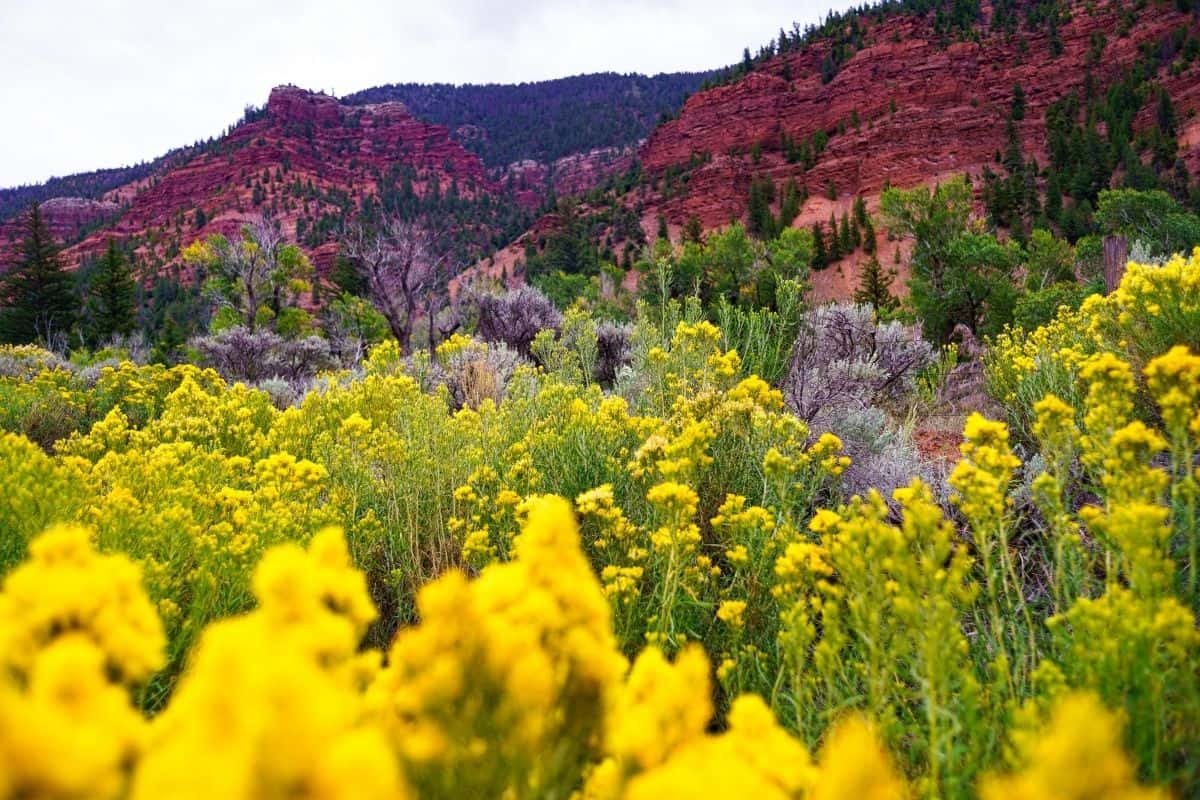
Colorado Native Plants List
From dense forests to plains of grass and groundcover ferns and shrubs, Colorado has it all. When you’re landscaping in your home state, it pays to choose native plants because they have more sustainability. They will adapt better to being planted in your landscape and they will require less help to grow over time.
Basically, native plants are more low maintenance. If planted correctly, they need little intervention after they settle in to keep healthy and grow to maturity.
Using native plants is also a good choice for your local ecosystem. You are providing habitats to local wildlife, and you may attract birds, bees, or other pollinators. You can make a positive difference in your local climate while also increasing your curb appeal.
And it all begins with choosing native plants for landscaping and gardens. Let’s take a look at some Colorado native flowers.
Flowers of Colorado
Here are some perennial and biennial flowers that are also native to Colorado. You might consider these for your gardens or landscaping.
1. Chocolate Flower (Berlandiera lyrate)
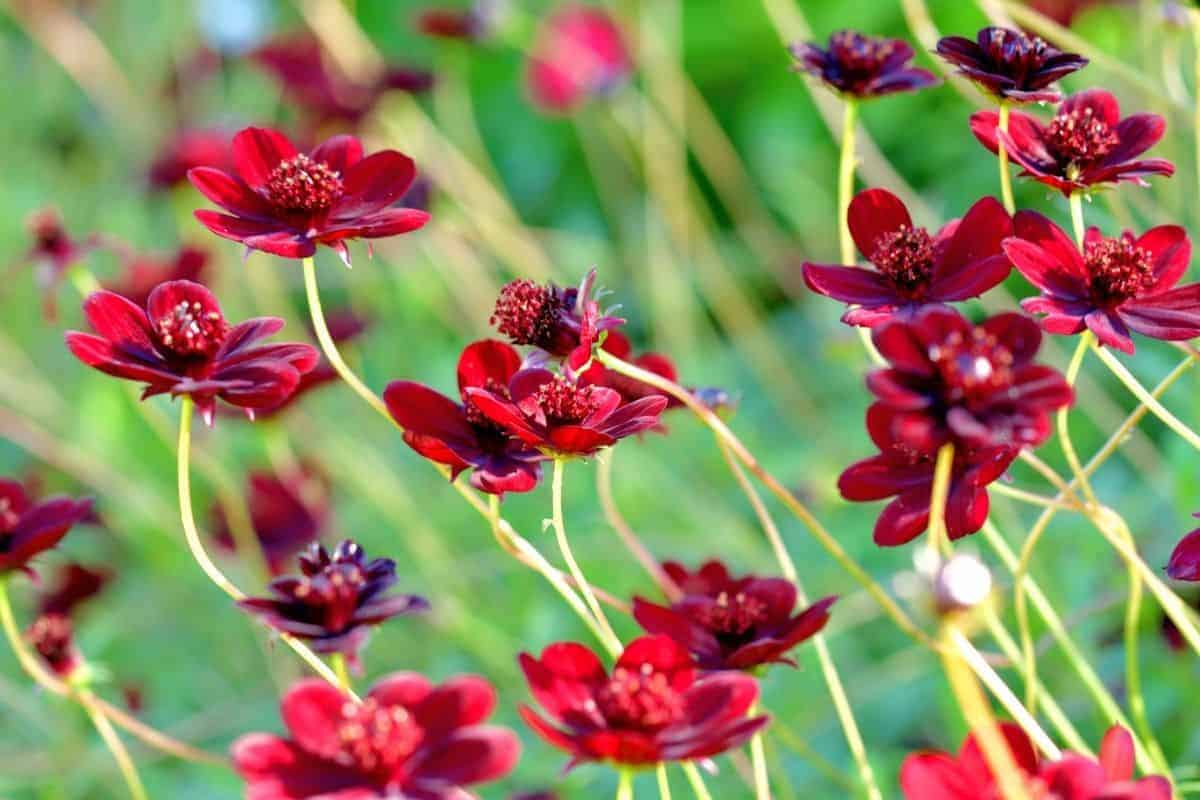
Another great flower to consider in your native Colorado garden or landscape is the chocolate flower. Named so because of the fragrance that comes from this flower in the morning. The chocolate flower is a hardy perennial in the Colorado Springs area although it can be short-lived.
2. Black-eyed Susan (Rudbeckia hirta)
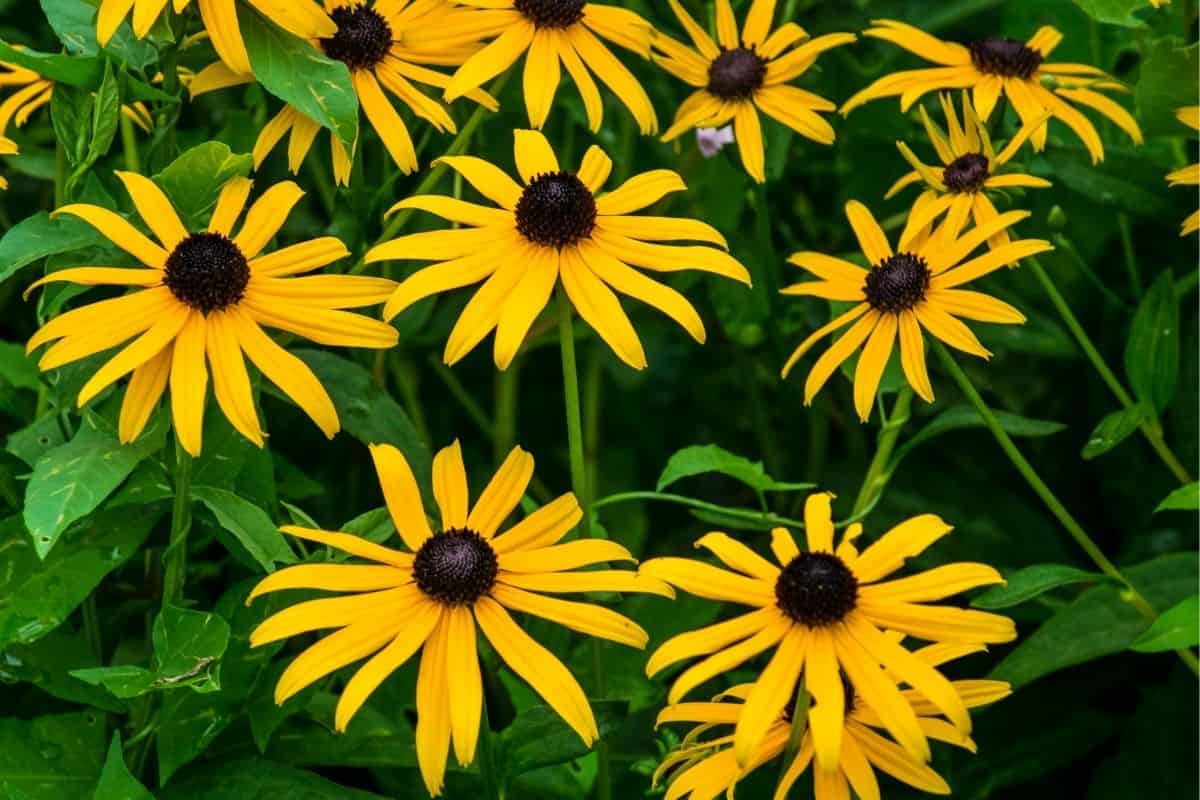
Back-eyed Susan is an annual with a distinctive yellow bloom. It requires medium water and loves the full sun. It is very drought tolerant and mostly low maintenance. This flower can really brighten up your garden or landscape.
3. Sulphur Flower (Eriogonum umbellatum)
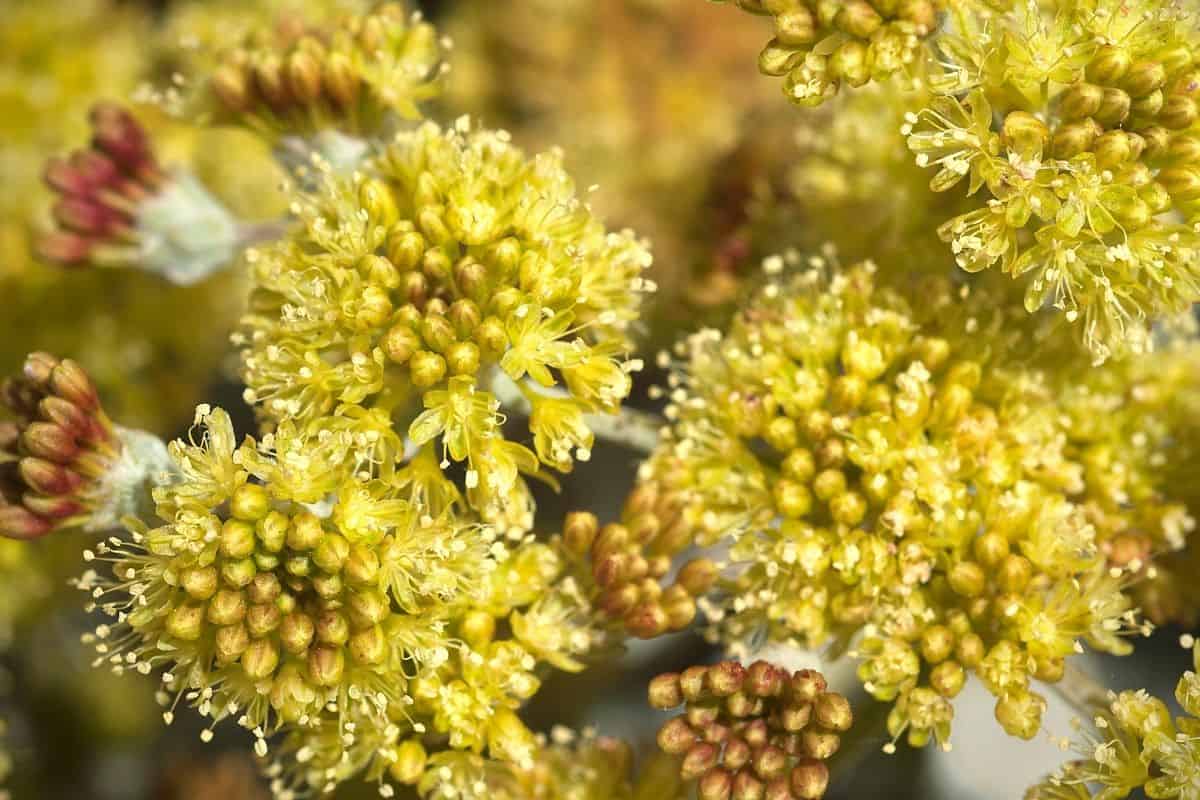
Also called “sulphur buckwheat”, sulphur flower is a species of wild buckwheat native to Colorado. This evergreen, rounded, perennial is slow-growing, blooms in summer and fall, and is very important to native pollinators.
Putting these in your landscape will benefit the local climate. It likes full sun, low moisture, and is very hardy. They are cold-resistant and very easy to care for. Once planted, there’s little to no maintenance.
4. Fringed Sage (Artemisia frigida)
This is a type of sagebrush, native to Colorado and sometimes also called prairie sagewort, artic sage, and pasture sage. However, it’s not actually a true sage (salvia). It’s a flowering plant that is part of the aster family, related to sunflowers. It likes full sun, is drought tolerant and is also deer resistant.
5. Colorado Blue Columbine (Aquilegia caerulea)
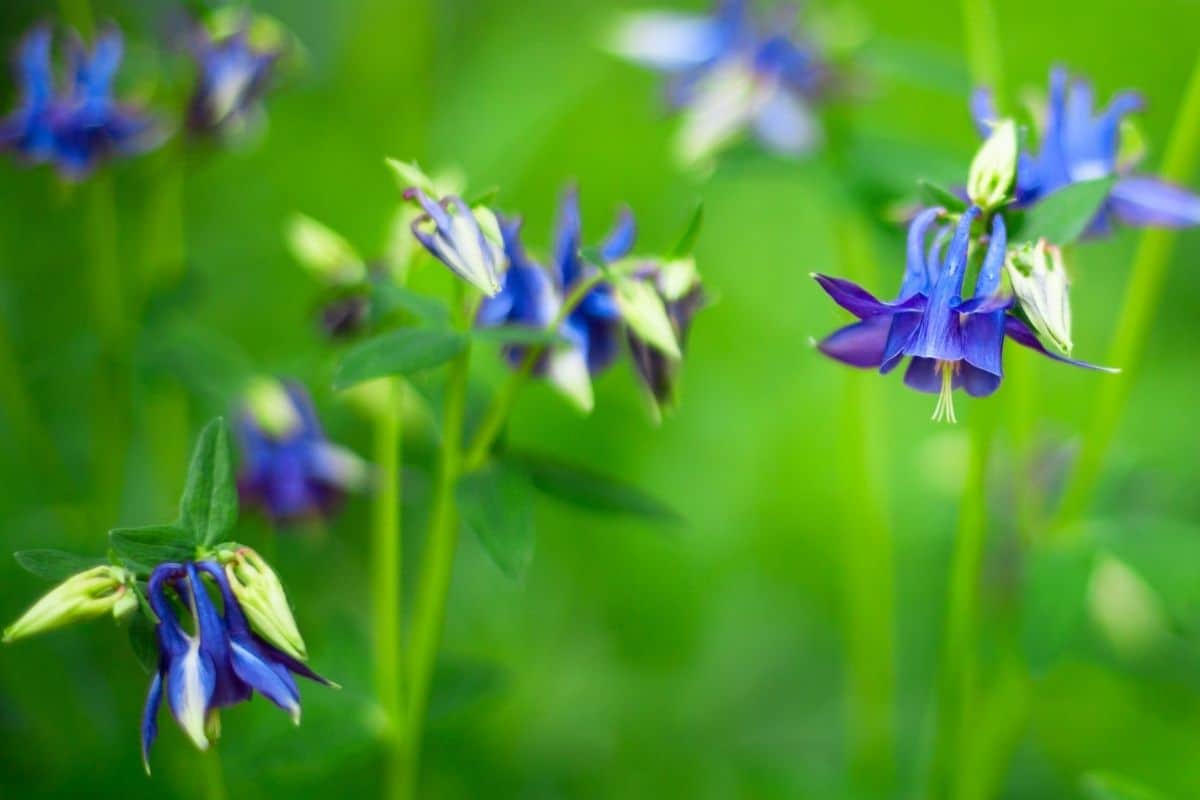
The beautiful Colorado Blue is a recognizable large, upright blue and white wildflower. It’s sometimes also called the Rocky Mountain Columbine and it’s part of the buttercup family. It’s short-lived but makes a big impact when it is in bloom. It can grow from 1-2 feet tall.
Trees And Shrubs of Colorado
Let’s take a look at some trees and shrubs native to this area. All of these are good choices for landscaping and gardens but check your zone to be sure it’s a good choice for your area. (More on life zones after the list).
6. Colorado Blue Spruce (picea pungens)
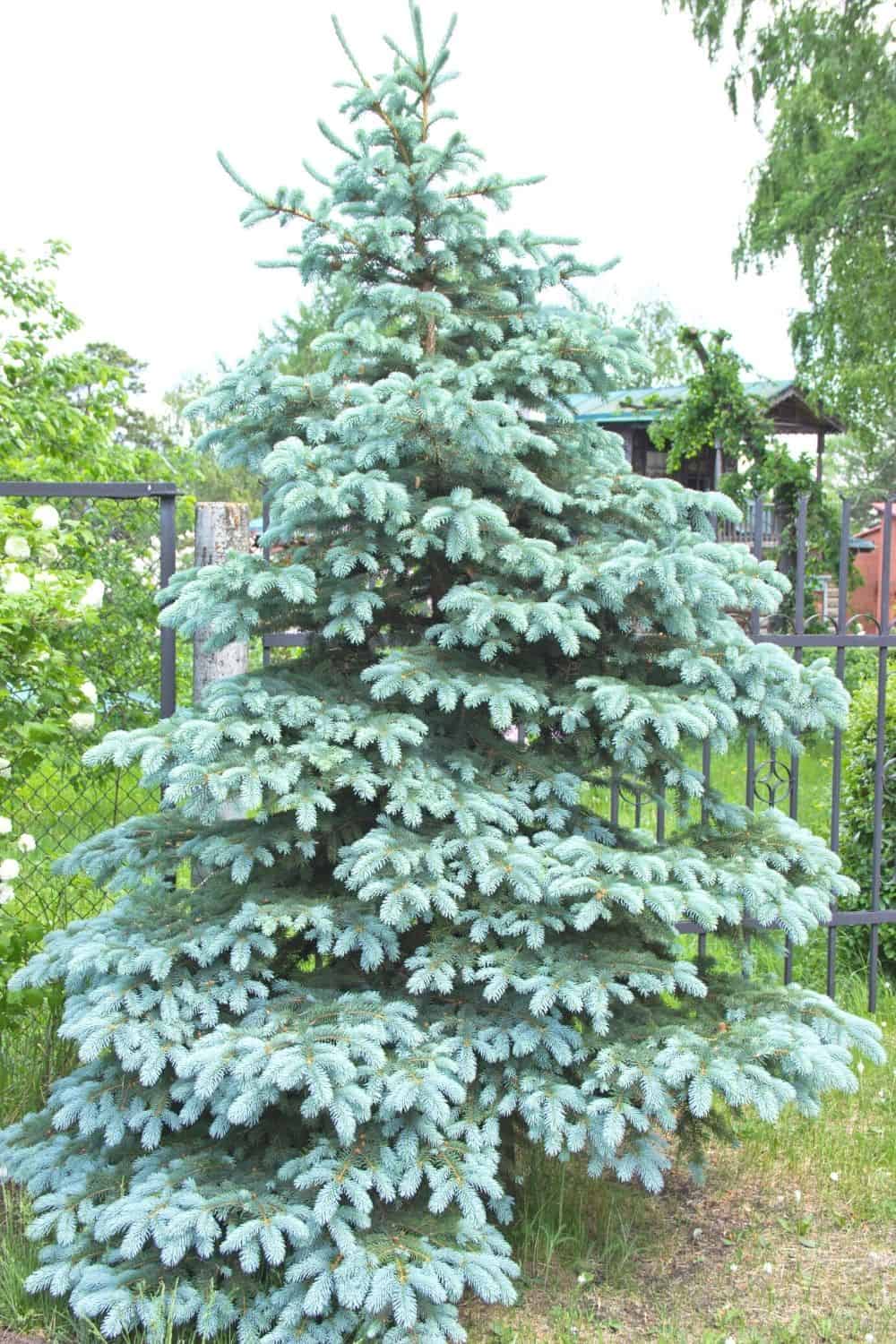
The Colorado blue spruce is the state tree and is a coniferous with evergreen needs. It’s usually blue or light green in color and has round cones. The blue spruce can grow up to 115 feet high. It’s a strong, massive tree that makes a big statement.
7. Mountain Mahogany (Cercocarpus montanus)
This is a common native shrub found especially in the foothills around Colorado Springs. It’s usually light green in color, with wedge-shaped leaves that are furry on the undersides. It will bloom yellowish-white flowers that have a sweet smell. It’s a great native plant for local insects and birds.
8. Ponderosa Pine (Pinus ponderosa)
Another coniferous that is native to Colorado is the Ponderosa Pine. These can grow up to 160 feet high and are most commonly see in the Foothills and Montane zones of the state. They have three-inch thick bark and evergreen needles that grow longer and are usually in bundles of three. You’ll find this pine in dark yellow-green shades.
9. Sand Cherry (Cerasus Prunus pumila)
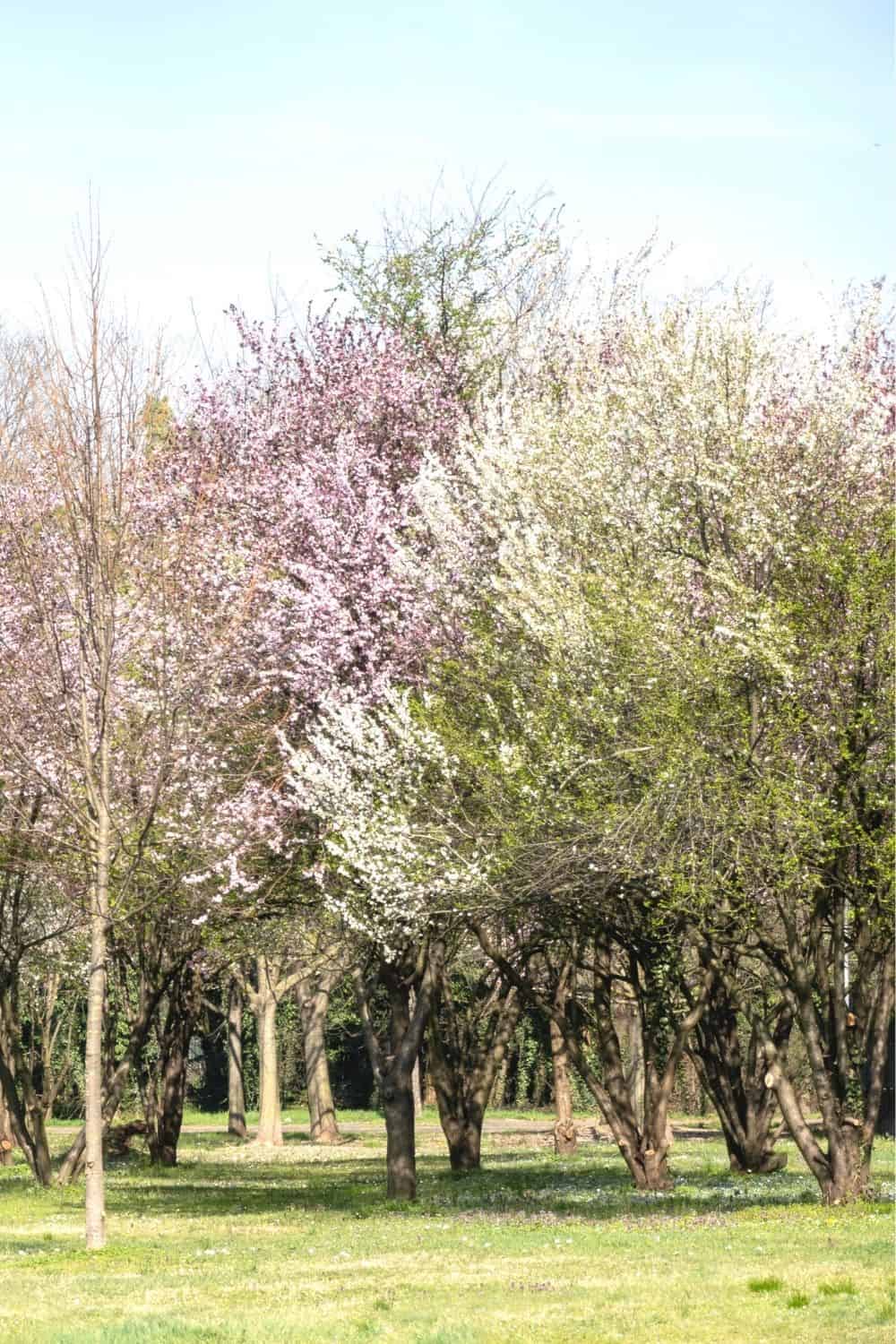
Here’s another native shrub to Colorado that has great benefits to the environment. It usually grows about 2-6 feet tall, but it varies by variety. The most common variety in this area is the Wester Sand Cherry which has grayish-green leaves and white flowers that smell fragrant. It also has purple-colored fruit and turns red in the fall. You’ll find this most in the Plains and Foothills zones.
10. Rabbitbrush (Chrysothamnus nauseosus)
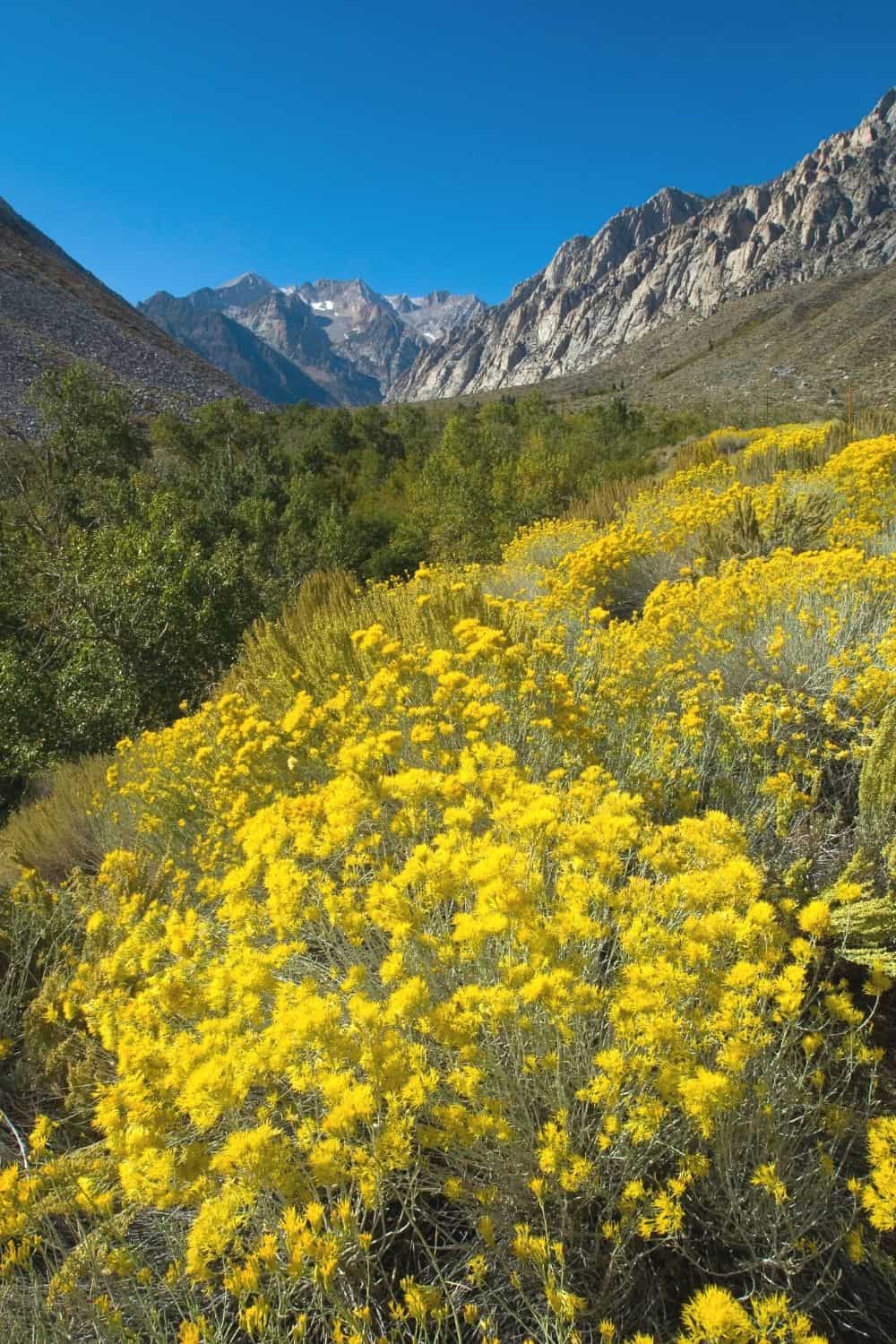
This is an aggressive shrub, usually found in the Plains, Foothills, and Upper Sonoran life zones. You can recognize it by the clusters of yellow flowers in late summer. It grows about three to four feet tall and has a tighter growth pattern. This medium-sized shrub with a rounded shape works in a variety of ways in your landscaping.
11. Boulder Raspberry (Oreobatus Rubus deliciosus)
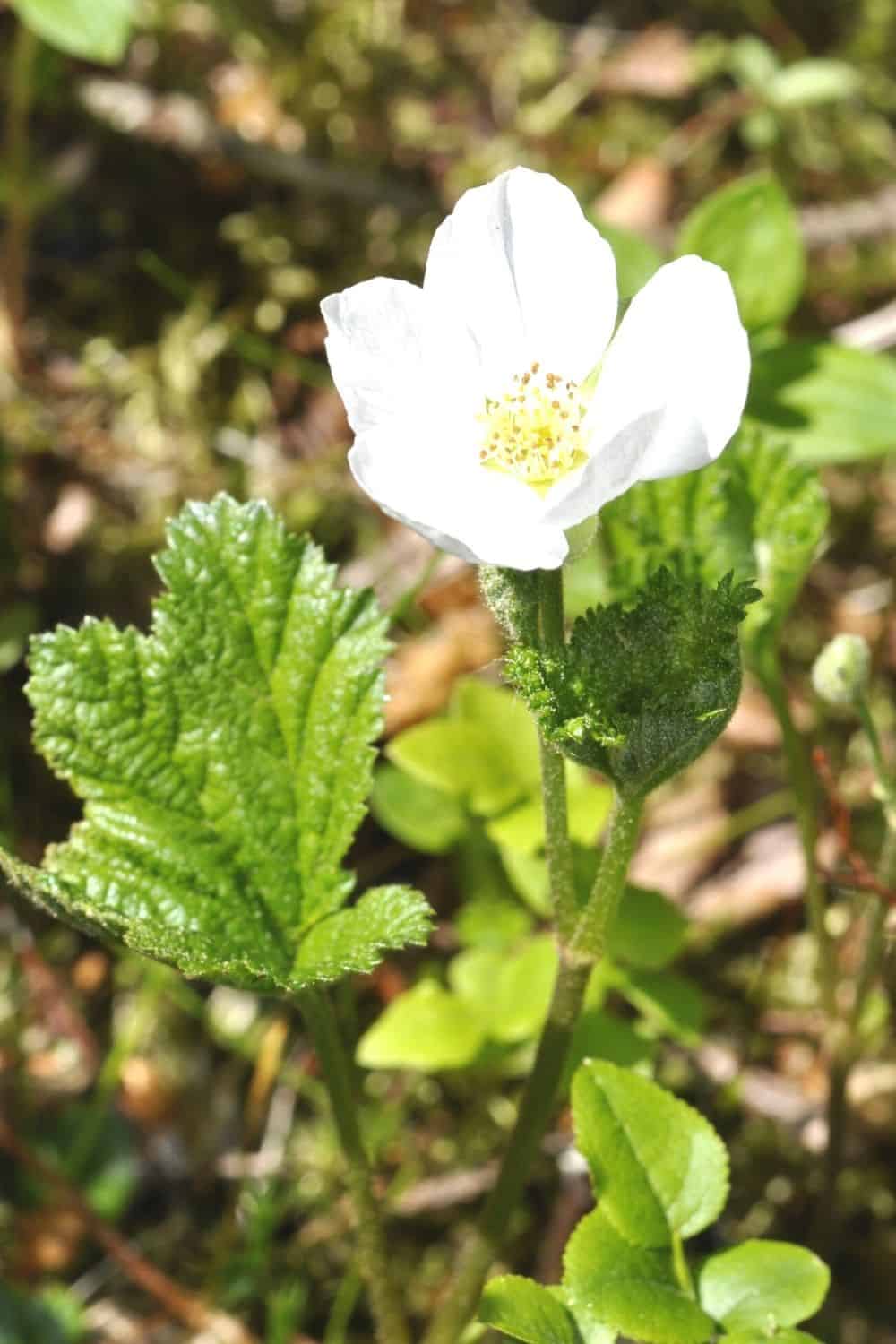
This beautiful shrub has large white flowers that will surely gain your attention and look amazing in your landscape. It grows about three to five feet tall and can be as much as six feet wide with sprawling stems. The bright green leaves turn yellow in fall before they drop off in the winter.
12. Chokecherry (Prunus virginiana ssp)
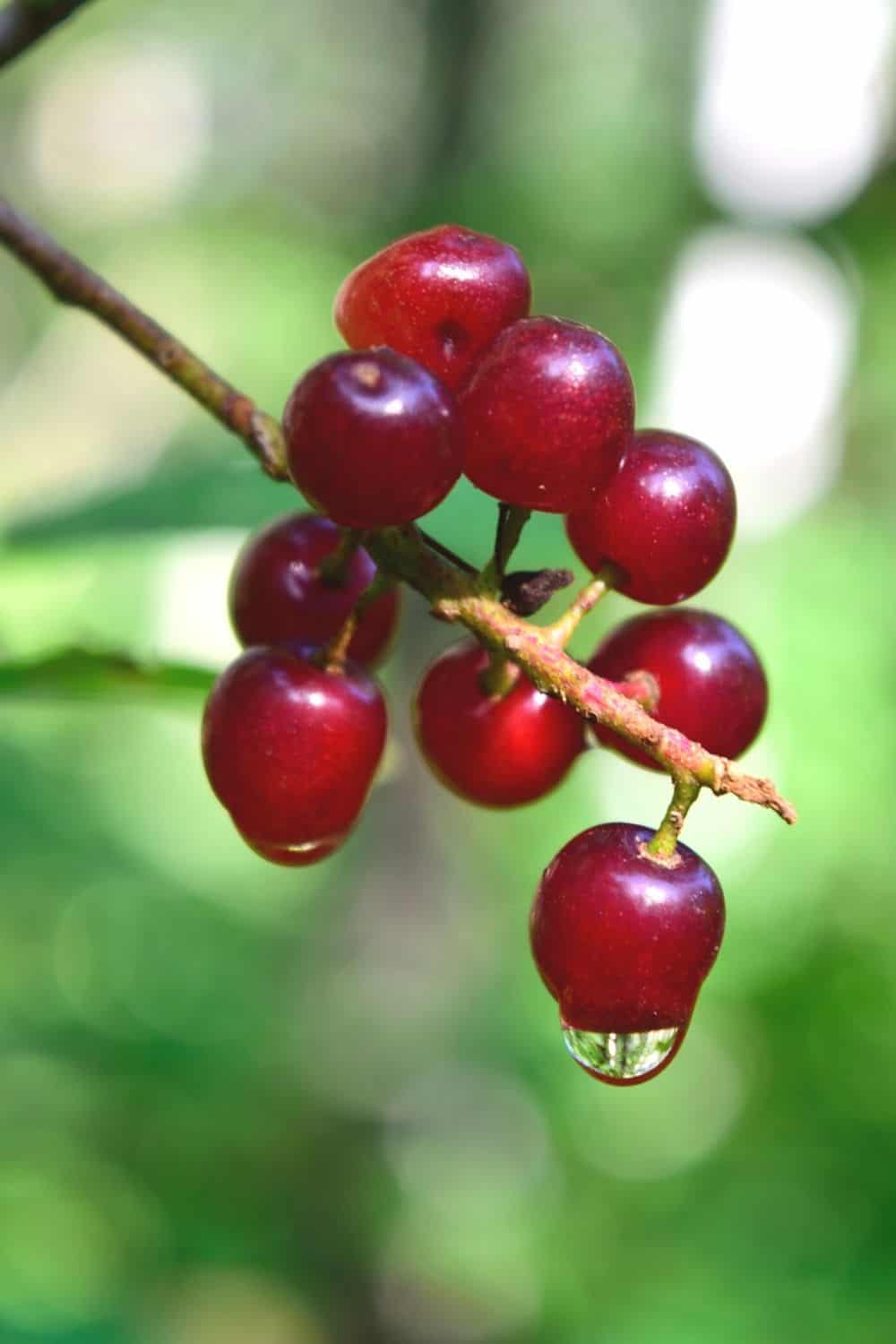
Chokecherry is a large, irregular, rounded, native shrub with shiny, dark green leaves. It grows long clusters of white flowers in the spring and then edible black fruit that attracts native birds, You can prune it regularly to give this shrub more of a tree-like look.
Understanding Colorado’s Diverse Climate
As mentioned above, Colorado is a state with a very diverse climate. What you see native on the upper east can be completely different from the west or the southern part of the state. Because it is such a diverse state climate, it’s important to understand the different life zones and to be able to identify which one you are in.
The state is divided into five life zones:
- Plains (3,500 to 5,500 feet)
- Foothills (5,500 to 8,000 feet)
- Upper Sonoran life zone (7,000 to 8,000)
- Montane life zone (8,000 to 9,500 feet)
- Alpine life zone (above 11,500 feet)
Depending on which life zone you are in, your native plants and trees can vary. What you choose to plant for your landscaping needs will vary a great deal, based on which zone you are in. We’ve listed some popular native plants, but this doesn’t mean they are the best choice for your zone. Always do your own additional local research before settling on the final plant choices.
Next, let’s look at some commonly asked questions about these native Colorado plants and shrubs.
Colorado native plants list FAQ
Before you plan your garden or landscaping, let’s take a look at these commonly asked questions about native plants to Colorado.
What are native plants used for?
Native plants are often used in gardens and landscapes because they adapt the best to the environment, require little to no maintenance once they are properly planted, and are an asset to the local ecosystem. With so many new homes and businesses being built, a lot of native wildlife’s natural habitats are being destroyed. When you use native plants around your property, you bring some of that back to the area.
How sturdy are Colorado native plants?
Most Colorado native plants are very hardy when planted in their own natural climate. The key is to choose the right plants for your area and soil conditions and then to also be sure they are planted correctly. Proper care right after planting is essential. Once the plant is well established, it will do as well as it did in the wild, with the right conditions.
How do I choose the right native plants?
When choosing native Colorado plants for your garden or landscape, you want to consider which life zone you are in. This will help you narrow down plants and trees that do best in your area. You should also consider the overall landscape plan and what kind of soil, sunlight/shade, and moisture the area gets.
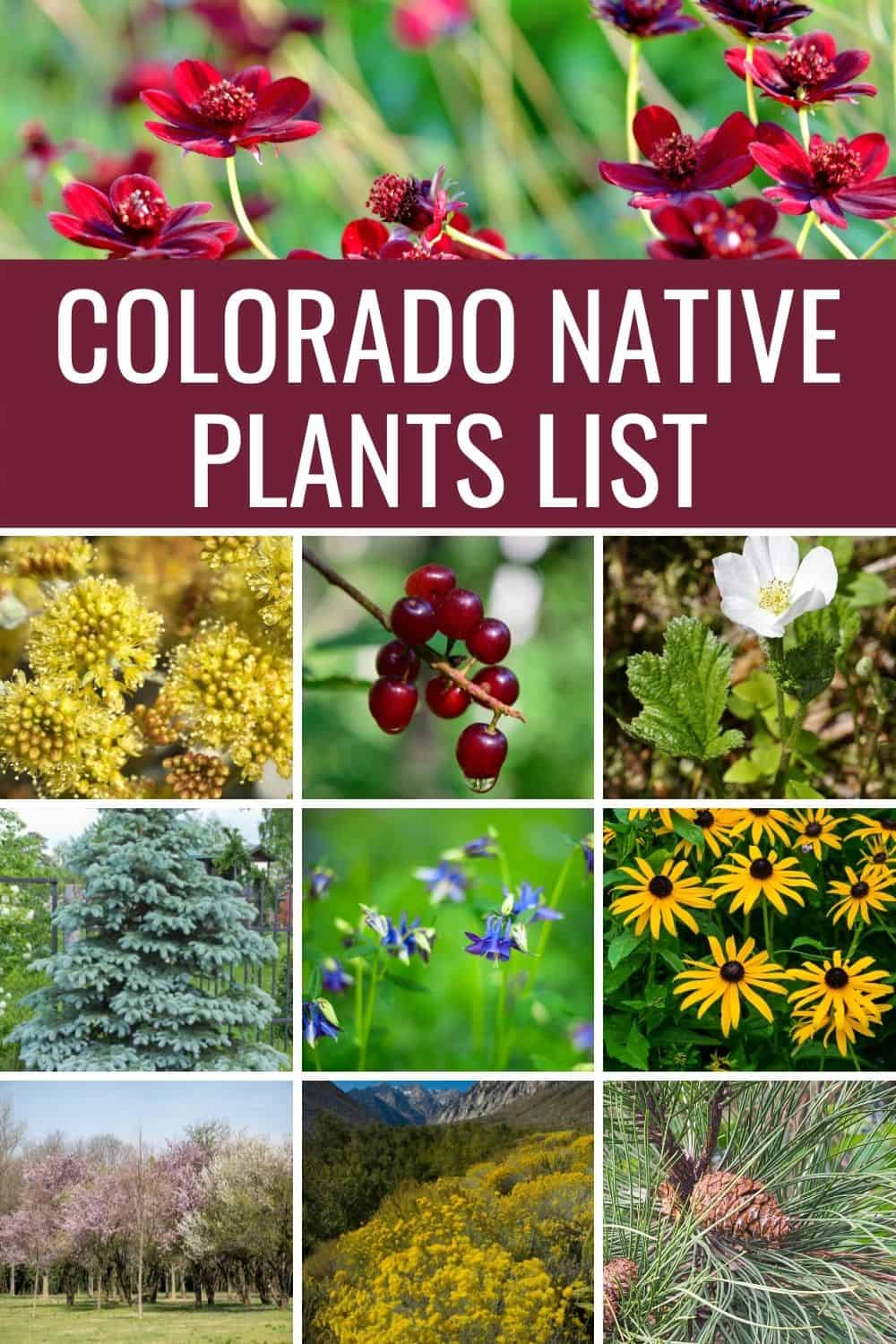

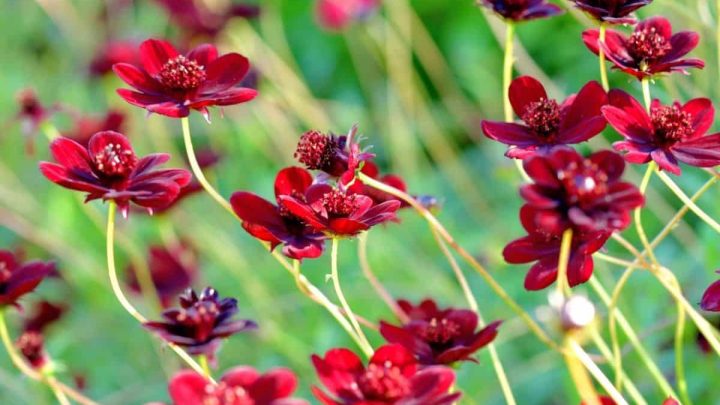




Best Landscaping Ideas For Your Home
Sunday 29th of August 2021
[…] Colorado Native Plants List: 12 Plants for Landscaping and Gardens […]